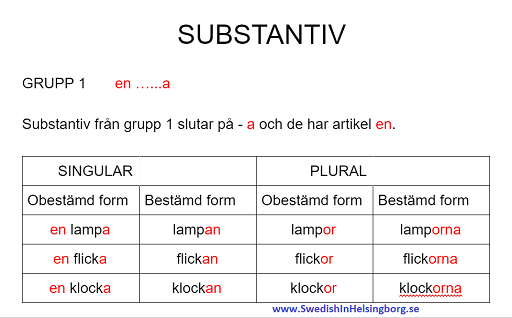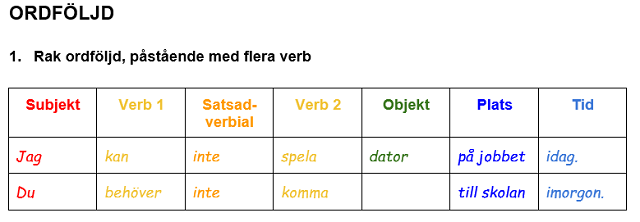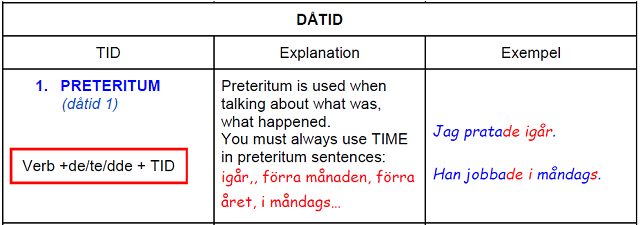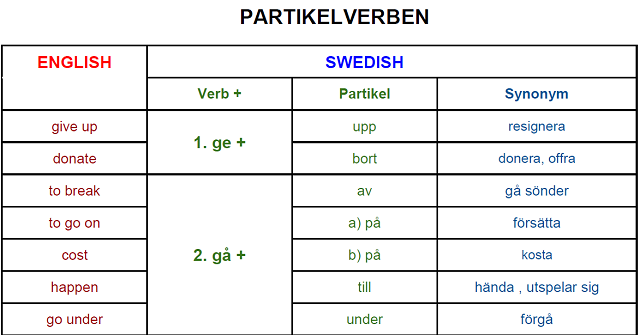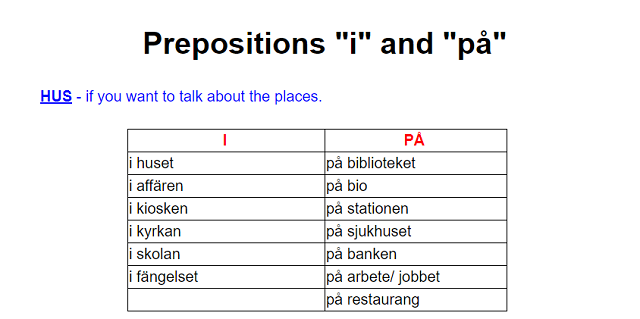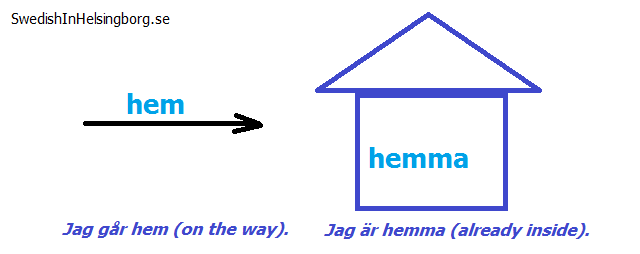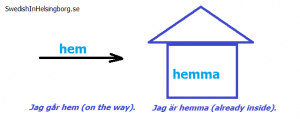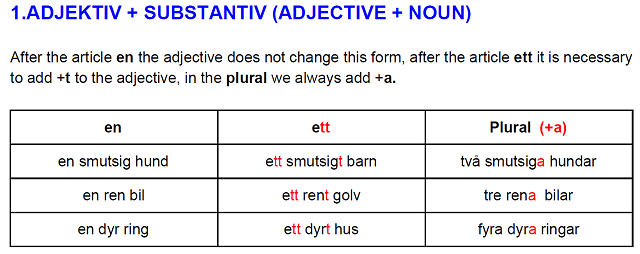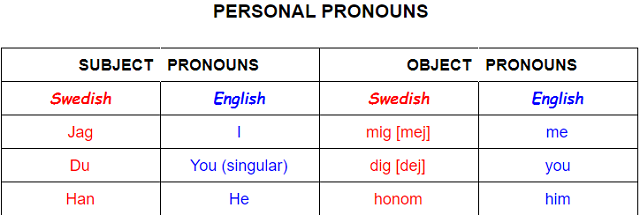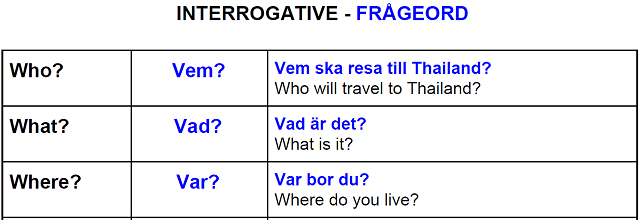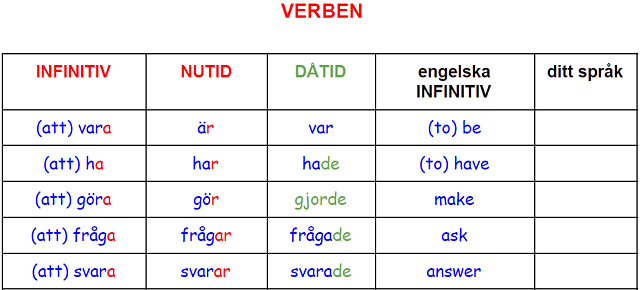NOUN / SUBSTANTIV
Nouns are words that identify person, things or phenomenons. All Swedish nouns have an article: en or ett. When we have article “en” and “ett”, I will try to explain in this article.
Nouns can be in singular or plural form.
For example:
Singular en (1) person, ett (1) bord.
Plural två personer – two people
många barn – many children (många -we can count)
mycket jobb – a lot of work (mycket -we cannot count)
flera böcker – several books
Substantive can also be in “obestämd” eller “bestämd” form.
For example:
Obestämd form (Article is in front of the nouns): en bil – a car
Bestämd form (Article is in the end nouns): bilen – the car
Obestämd (kort) form we usually use:
- When we talking about a thing or person for the first time.
For example: Det är en lampa. / Det är en banan. / Det är ett hus. - When we talk about an not specific, but any thing.
For example: Jag vill köpa en klänning idag. – I want to buy a dress today. - We usually use nouns in short form, but without article when we talk about it:
- nationality, language: Han talar svenska.
- abstract nouns (music, love) or nouns we cannot count (water, information): Jag behöver hjälp. Han gillar att lyssna på musik. Hon dricker kaffe med mjölk och socker.
- after possessive pronoun or genitive: Det är min bil. Det är Annas cykel.
- food and drink: Maria äter banan och dricker juice.
- clothing, equipment: Hon har klänning och jacka på sig i dag.
- weather: Det är fint väder idag.
Bestämd (lång) form we usually use:
- After prepositions (in 75%): Hon går till jobbet.
- Everyone understands or knows: solen, månen.
- You’re talking about something you spoke earlier: Det är en lampa. Lampan är modern.
To continue reading about exceptions, groups of nouns, etc. please Click to open Grammar table with more information.
Watch the following video (in Swedish) with another examples:
https://youtu.be/EkUnb4rDyiA
Source of video: youtube.com, published by Ylva Herou.
Check you knowledge and practice with this online game: https://www.digitalasparet.se/gram/zovn/redhood.htm

